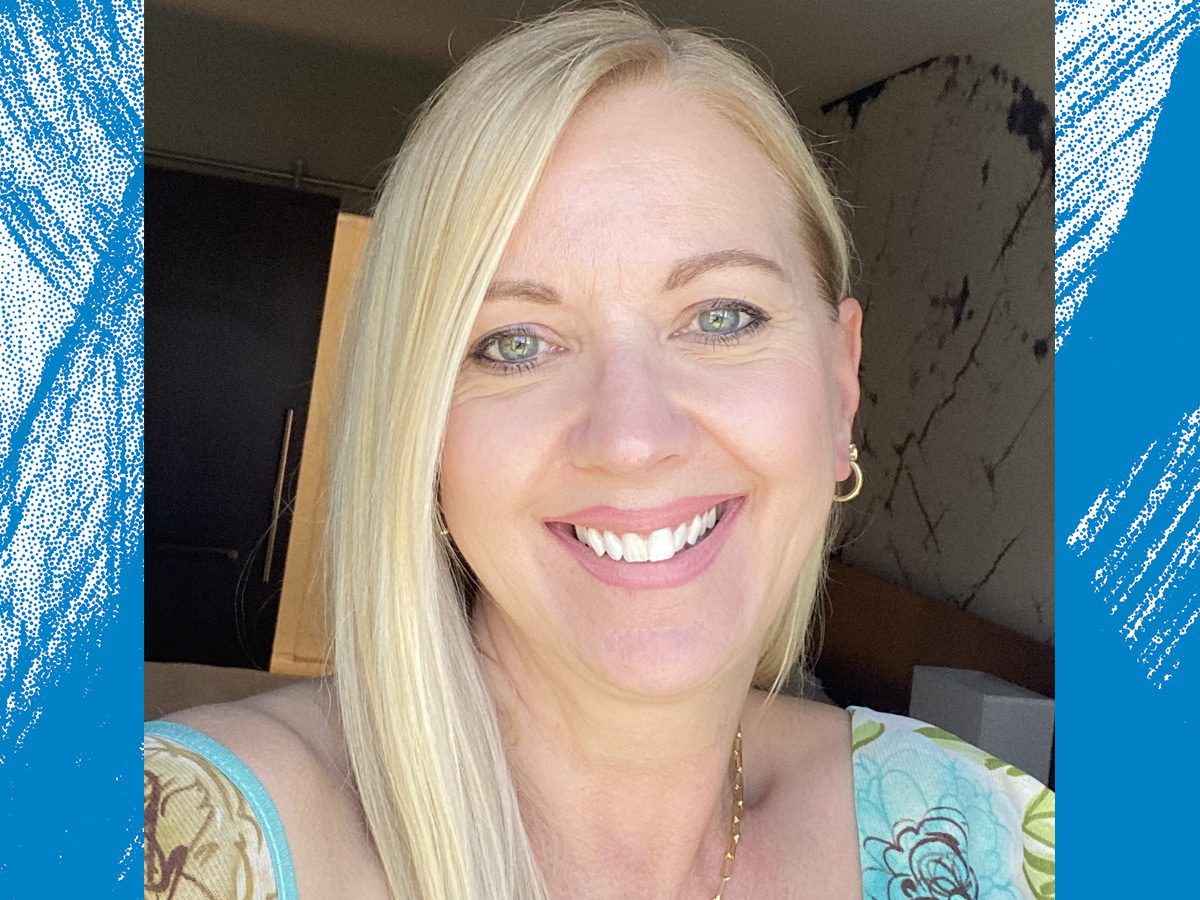Women in Healthcare: Sharon Gassaway


Sharon Gassaway, Mammography Imaging Lead
“It’s incredible how far we’ve come. The technology today is faster, more detailed, and far more comfortable – for both patients and providers.”
Dense Breast Tissue: What Every Woman Should Know
Sharon Gassaway remembers the darkroom days of mammography, when imaging technologists “said a prayer” before pulling film from the processor, hoping the image would come out clear enough to read.
“It’s incredible how far we’ve come,” says Gassaway, Mammography Imaging Lead at South Jersey Radiology Associates (SJRA). “The technology today is faster, more detailed, and far more comfortable – for both patients and providers.”
That progress is especially significant for women with dense breast tissue, which appears white on a mammogram – the same color as many abnormalities, including breast cancer. Most breast tissue shows up as gray, which helps provide contrast, she explains.
Nearly 50% of women have dense breast tissue, often due to genetics or hormonal factors, yet many don’t learn this until their first mammogram, she says. And because density isn’t something you can feel, Gassaway is quick to correct a common misconception.
“Women will tell me, ‘I know I’m dense,’ but you really don’t know until you’ve had a mammogram,” says Gassaway, who has been in the field for 33 years, including more than 15 with SJRA. “It’s not about how your breasts feel. It’s about how they look on the image.”
Notably, increased breast density can make it more difficult to detect early signs of cancer. That’s why screening mammography, which creates detailed, multi-layered images through the breast, has become the new standard. “It gives radiologists the ability to scroll through the tissue and catch subtle differences that could otherwise be hidden,” she says.
Today’s mammograms also take significantly less time than they used to – another benefit for patients. “What used to take several minutes now takes seconds,” Gassaway says. “And with curved compression paddles and more advanced positioning, we can reduce discomfort without compromising image quality.”
Still, in some cases, a mammogram might not be enough. “If a woman has extremely dense tissue or a strong family history, her doctor might recommend more than just a mammogram,” Gassaway says, noting that breast ultrasound and MRI are other valuable options. “We use every tool we have to get the clearest picture possible.”
At SJRA, patients benefit from having all their imaging done in one place. “Our radiologists can compare images year to year and see changes more precisely,” Gassaway says. “We have everything at our fingertips. The same team of experts reviews your results, no matter the type of imaging, which allows for better comparisons. And we see the same patients repeatedly – we remember them. That familiarity really matters.”
After having a mammogram at SJRA, patients receive a report showing their breast density category – A through D – and it’s helpful to understand what those categories mean. A and B are mostly fatty, while C and D are considered dense, she says.
“Women should feel empowered to ask questions,” says Gassaway. “What’s my density category? Do I need more than just an annual mammogram?”
She also encourages them to consider their options when it comes to imaging. SJRA makes the experience as smooth as possible, with flexible scheduling, short wait times and a team of board-certified radiologists who specialize in breast care imaging, she says.
“You have a choice,” Gassaway adds. “Look for a center that offers more than just screening. We’re doing everything right there. And patients want to go somewhere they feel comfortable coming back to.”

888-909-7572
sjra.com

